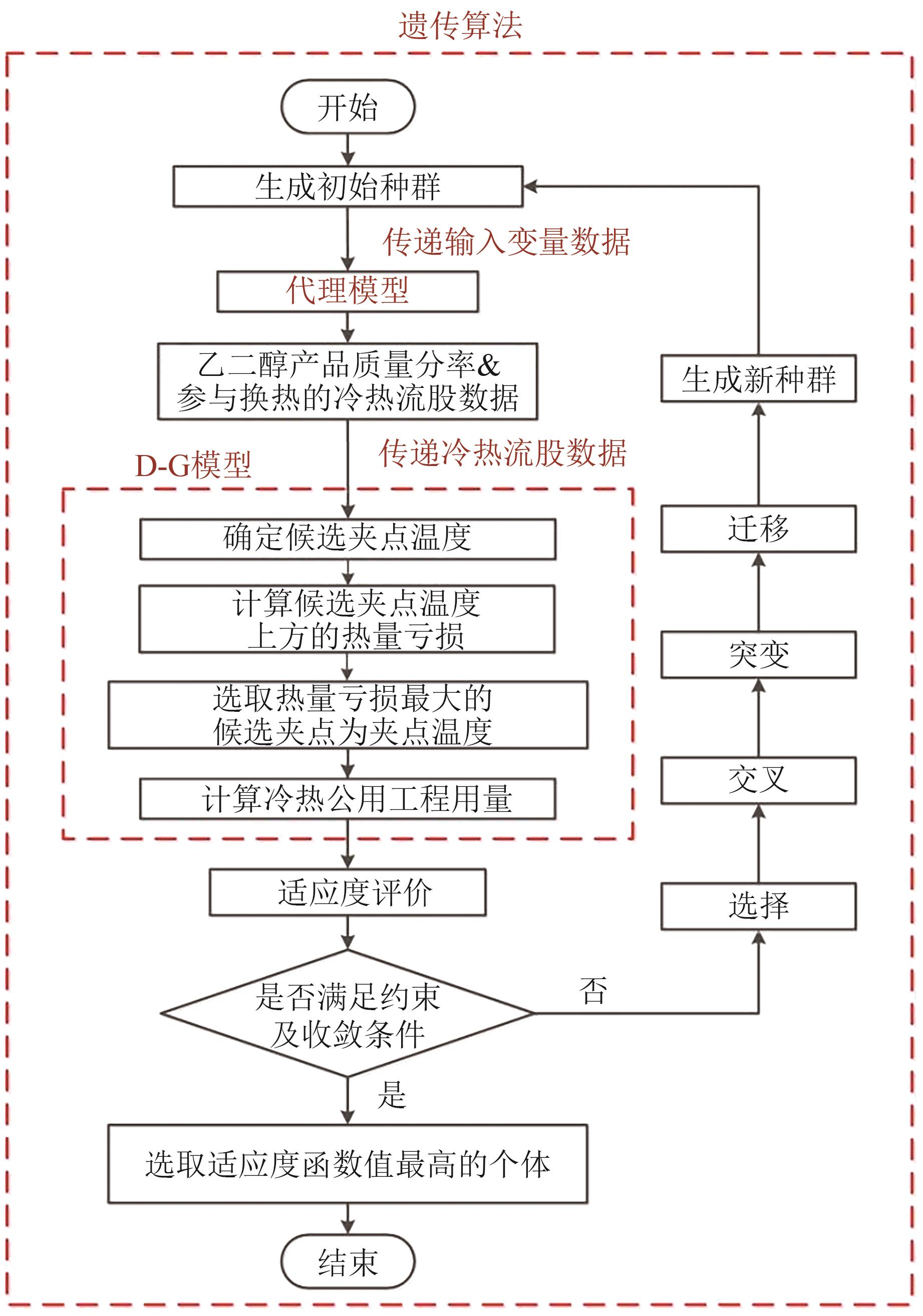| 1 |
蔡庆用. 环氧乙烷水合制乙二醇工艺流程模拟[D]. 兰州: 兰州理工大学, 2017.
|
|
CAI Qingyong. Simulation of ethylene glycol production by ethylene oxide[D]. Lanzhou: Lanzhou University of Technology, 2017.
|
| 2 |
李瑞琦, 宋艺凡. 我国乙二醇市场供求预测与发展建议[J]. 合成纤维工业, 2021, 44(5): 77-82.
|
|
LI Ruiqi, SONG Yifan. Supply and demand forecast and development suggestions on ethylene glycol market in China[J]. China Synthetic Fiber Industry, 2021, 44(5): 77-82.
|
| 3 |
杨志剑, 任楠, 唐颐. 环氧乙烷催化水合制备乙二醇的研究进展[J]. 石油化工, 2010, 39(5): 562-569.
|
|
YANG Zhijian, REN Nan, TANG Yi. Advances in preparation of ethylene glycol via catalytic hydration of ethylene oxide[J]. Petrochemical Technology, 2010, 39(5): 562-569.
|
| 4 |
宋泓阳, 孙晓岩, 项曙光. 人工神经网络在化工过程中的应用进展[J]. 化工进展, 2016, 35(12): 3755-3762.
|
|
SONG Hongyang, SUN Xiaoyan, XIANG Shuguang. Progress on the application of artificial neural network in chemical industry[J]. Chemical Industry and Engineering Progress, 2016, 35(12): 3755-3762.
|
| 5 |
BIEGLER Lorenz T, LANG Yidong, LIN Weijie. Multi-scale optimization for process systems engineering[J]. Computers and Chemical Engineering, 2014, 60: 17-30.
|
| 6 |
QUIRANTE Natalia, CABALLERO José A. Large scale optimization of a sour water stripping plant using surrogate models[J]. Computers and Chemical Engineering, 2016, 92: 143-162.
|
| 7 |
毛健, 赵红东, 姚婧婧. 人工神经网络的发展及应用[J]. 电子设计工程, 2011, 19(24): 62-65.
|
|
MAO Jian, ZHAO Hongdong, YAO Jingjing. Application and prospect of artificial neural network[J]. Electronic Design Engineering, 2011, 19(24): 62-65.
|
| 8 |
张俊成. 基于BP神经网络和Aspen Plus的甲醇四塔精馏的节能优化[D]. 成都: 西南石油大学, 2017.
|
|
ZHANG Juncheng. Energy-saving optimization of four-tower distillation of methanol based on BP neural network and Aspen Plus[D]. Chengdu: Southwest Petroleum University, 2017.
|
| 9 |
田水苗, 曹萃文. 基于数据驱动的蜡油加氢装置产品预测与多目标操作优化[J]. 石油学报(石油加工), 2021, 37(1): 79-87.
|
|
TIAN Shuimiao, CAO Cuiwen. Data-driven product prediction and multi-objective optimal operations of wax oil hydrotreating unit[J]. Acta Petrolei Sinica (Petroleum Processing Section), 2021, 37(1): 79-87.
|
| 10 |
RAHIMPOUR M R, SHAYANMEHR M, NAZARI M. Modeling and simulation of an industrial ethylene oxide (EO) reactor using artificial neural networks (ANN)[J]. Industrial & Engineering Chemistry Research, 2011, 50(10): 6044-6052.
|
| 11 |
DURAN M A, GROSSMANN I E. Simultaneous optimization and heat integration of chemical processes[J]. AIChE Journal, 1986, 32(1): 123-138.
|
| 12 |
何文军, 费泰康, 王嘉华, 等. 环氧乙烷非均相催化水合动力学及均温反应器热稳定性分析[J]. 化学反应工程与工艺, 2017, 33(4): 326-334.
|
|
HE Wenjun, FEI Taikang, WANG Jiahua, et al. Heterogeneous catalytic hydration kinetics of ethylene oxide and thermal-stability of homogeneous temperature reactor[J]. Chemical Reaction Engineering and Technology, 2017, 33(4): 326-334.
|
| 13 |
屈力刚, 刘洪侠, 李铭, 等. 基于Sobol序列采样点分布策略的研究与应用[J]. 锻压装备与制造技术, 2019, 54(6): 101-105.
|
|
QU Ligang, LIU Hongxia, LI Ming, et al. Research and application of sampling point distribution strategy based on Sobol sequence[J]. China Metalforming Equipment & Manufacturing Technology, 2019, 54(6): 101-105.
|
| 14 |
HOLLAND J H. Adaptation in natural and artificial systems[M]. Ann Arbor: University of Michigan Press, 1975.
|
 ), LIU Linlin(
), LIU Linlin( ), ZHUANG Yu, DU Jian
), ZHUANG Yu, DU Jian

